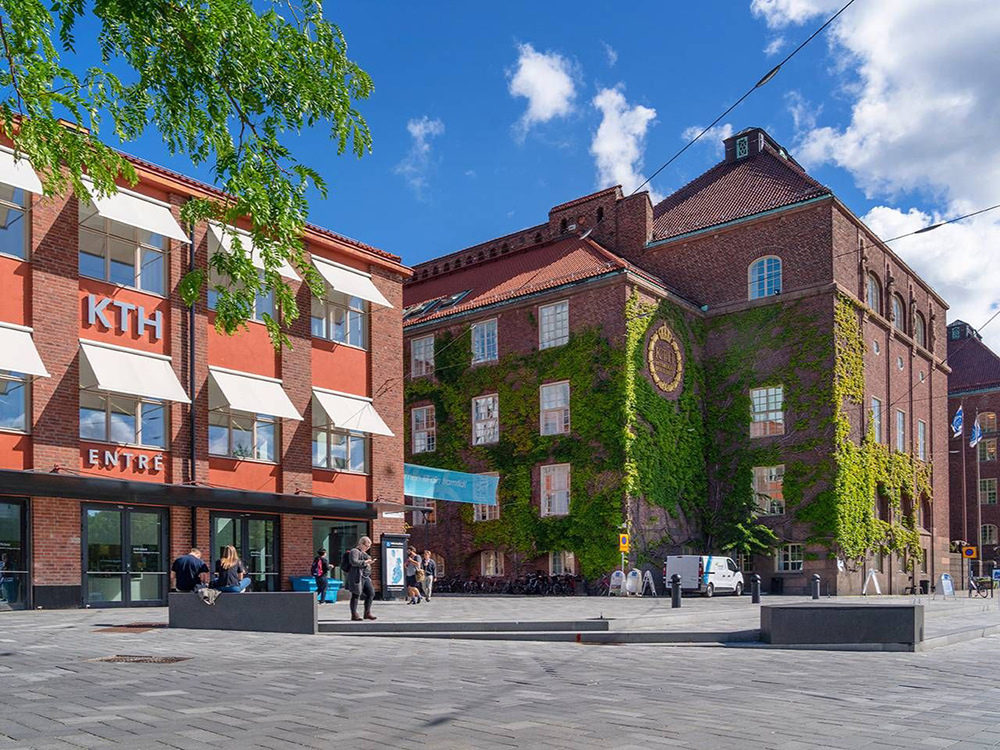Mathematicians receive research funding

Funding worth SEK 29 million from Knut and Alice Wallenberg Foundation’s mathematics program will be granted 18 mathematicians for their research. One researcher at KTH will receive a grant to recruit a foreign researcher for a postdoctoral position in Sweden, and two researchers from outside Sweden will be visiting professors at KTH.
The mathematics program is a long-term investment from Knut and Alice Wallenberg Foundation. SEK 650 million will be granted to Swedish mathematics research between 2014 and 2029.
Associate Professor Danijela Damjanovic will receive funding from Knut and Alice Wallenberg Foundation to recruit an international researcher for a postdoctoral position at the Department of Mathematics, KTH Royal Institute of Technology.
Whenever there is a process that evolves over time (such as disease spread, weather, or planetary motion), it is potentially possible to create a mathematical model of the process. The main aspect of the proposed project is to perform a qualitative study of dynamical systems by shifting the focus to the system’s symmetries, which are the transformations preserving the essential properties of the system. Symmetries are fundamental for our understanding of nature and appear throughout science. The project plans a comprehensive study of chaotic dynamical systems with many symmetries.
Two visiting professors
Steffen Rohde is a professor at the University of Washington, USA. He will be a visiting professor at the Department of Mathematics, KTH Royal Institute of Technology. The research area of random conformal geometry studies two-dimensional geometric structures that often originate in statistical mechanics. A common feature of such systems is that simple microscopic rules give rise to large-scale fractal patterns, a geometry that repeats at different scales despite the underlying randomness. Recently, many of the random fractals have been shown to have counterparts in deterministic settings without the influence of randomness. The main objective of this project is to study both random and deterministic models with the goal of highlighting and understanding the apparent similarities between these superficially very different areas.
Jonathan Breuer is a professor at the Hebrew University of Jerusalem, Israel. The aim of the planned project is to investigate aspects of the connections between random matrix theory and Schrödinger operators. Common patterns can be found in apparently very different complex systems, both in mathematics and physics. One theory which captures such universal characteristics is random matrix theory. Quantum physics’ Schrödinger operators are of vital importance in all mathematical calculations of quantum systems’ dynamics and spectra. The fact that these two different fields of mathematics are connected at all suggests that there are universal properties to be discovered.
Text: Therese Elmgren
